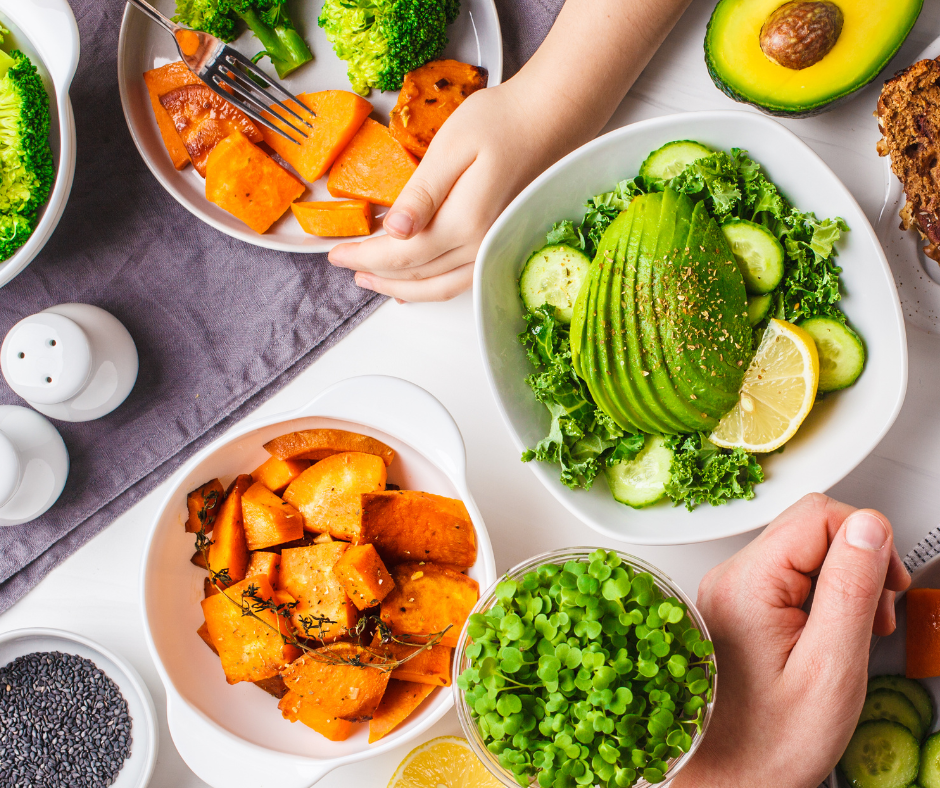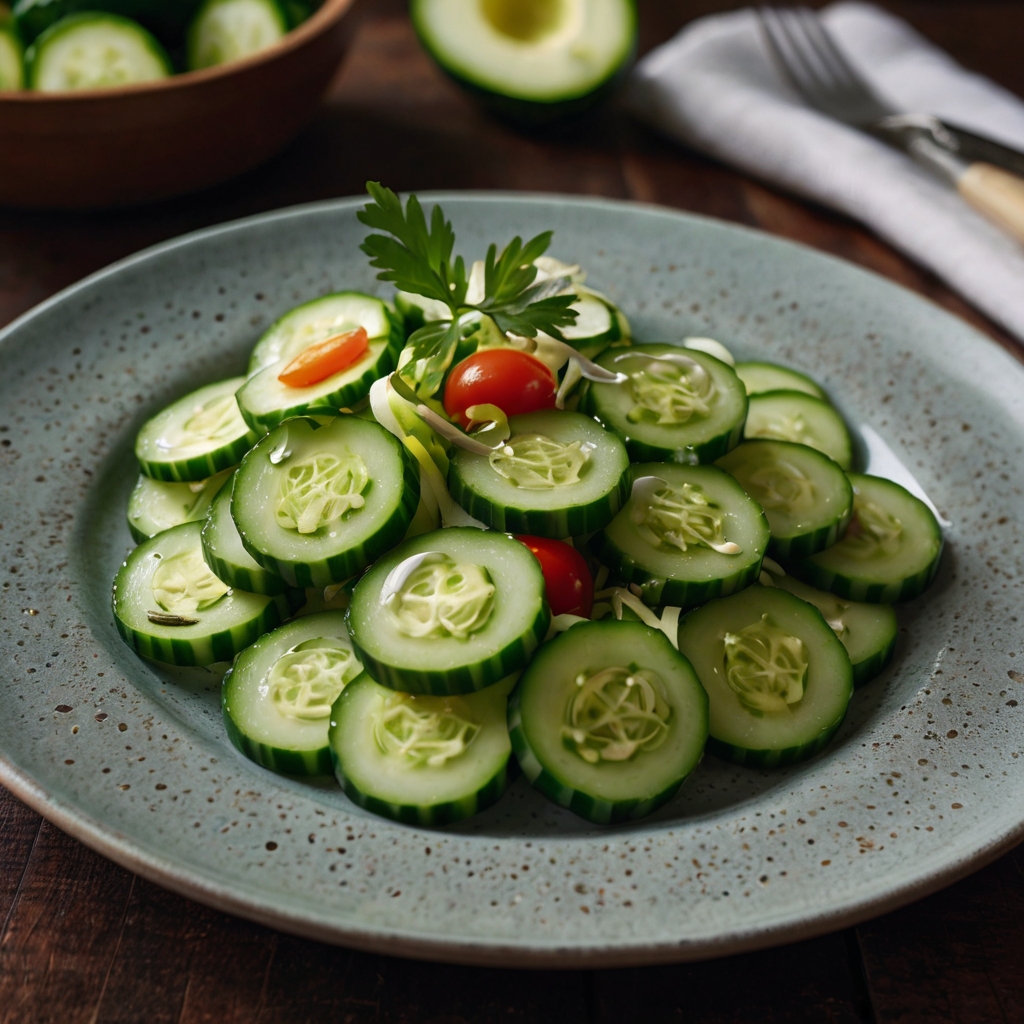Starting a new diet can feel overwhelming, especially one as specific as keto. If you’ve been curious about how to get started or need a reset, this 7-day keto plan is your answer. It’s designed to take out the guesswork, giving you a simple, step-by-step guide to follow. You’ll learn what to eat, how to stay on track, and tips to make the process easier. Whether you’re new to keto or getting back into it, this plan will help you start strong and see real results in just a week.
What is the Keto Diet?
The ketogenic, or keto, diet is a way of eating that emphasizes low-carbohydrate, high-fat foods with moderate protein intake. It’s not just another diet trend but a metabolic approach that shifts the way your body fuels itself. Curious about how it all works? Here’s the breakdown.
How the Keto Diet Works
The keto diet relies on a process called ketosis, which happens when your body switches its primary energy source from carbohydrates to fats. Normally, your body uses glucose (derived from carbs) for energy. However, when carb intake is significantly reduced—usually under 50 grams per day—your body needs an alternative. Enter ketones: molecules produced in the liver by breaking down fat. Once in ketosis, your body becomes highly efficient at burning stored fat for energy.
This dramatic shift occurs because the limited carb intake forces your body to rely on fat instead of carbs for fuel. Think of it like converting your vehicle from running on gas to electricity—it’s efficient and can run longer on stored reserves.
For an in-depth guide on the ketogenic process, this Healthline article provides useful information.
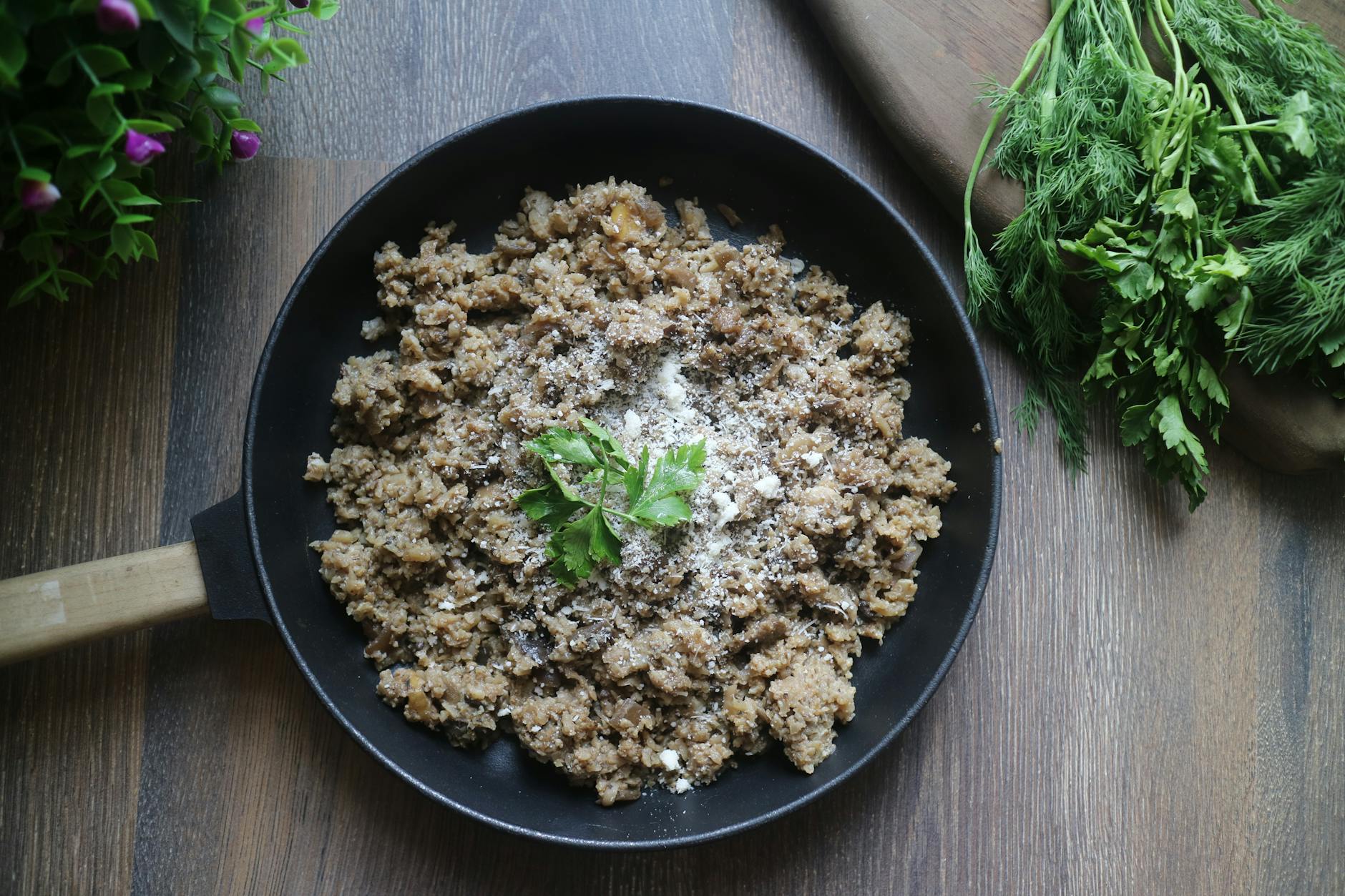
Photo by Olena Islamkina
Benefits of the Keto Diet
The keto diet isn’t just about weight loss—it can affect your overall health in surprising ways. Here are some of the top benefits:
- Weight Loss: Without quick-burning carbs, your body torches fat for energy, helping shed pounds.
- Improved Energy Levels: Stable blood sugar levels lead to consistent energy throughout the day, without the highs and crashes from sugary snacks.
- Better Mental Clarity: Ketones provide a steady energy source for your brain, contributing to sharper focus and improved cognitive performance.
- Potential Health Benefits: The keto diet has shown promise in helping manage Type 2 diabetes, epilepsy, and even certain neurological conditions.
If you’re curious about the science, this research on health benefits from keto offers additional insights.
Who Should Try the Keto Diet?
The keto diet is not one-size-fits-all. It works particularly well for individuals looking to lose weight, improve their metabolic health, or manage certain conditions like epilepsy or polycystic ovary syndrome (PCOS).
However, it’s not ideal for everyone. Pregnant women, those with advanced diabetes, or individuals with kidney disease should consult a healthcare provider before starting keto. The drastic reduction in carbohydrates can impact certain hormonal balances, making it important to proceed carefully if you fall into one of these groups.
Also, consider your lifestyle. If you’re highly active or an athlete, you may need to tweak keto guidelines to ensure you’re fueling your workouts effectively. For more tailored advice, this guide from Cleveland Clinic explores the risks and benefits.
Always remember that the best diet is the one you can stick to—so give it a try if it aligns with your goals and consult a professional if in doubt!
Essential Guidelines Before Starting Keto
Starting the keto lifestyle can feel daunting, but a little preparation can set you up for success. These essential guidelines will help you avoid pitfalls, adjust your diet smoothly, and make informed choices tailored to your goals. Let’s break it down step by step.
Calculate Your Macros
If you’re serious about keto, calculating your macros is non-negotiable. Macros—short for macronutrients—determine how much fat, protein, and carbs you should consume daily to meet your goals, whether they’re weight loss, maintenance, or muscle building.
Here’s how to calculate your keto macros effectively:
- Determine Your Daily Caloric Needs: Use a tool like the Keto Calculator to find the right starting point based on your age, weight, activity level, and goals.
- Split Your Macronutrients: A typical keto breakdown is:
- 70-80% fats
- 20-25% protein
- 5-10% carbs
- Track It All: Apps like MyFitnessPal or tracking spreadsheets can help you stay aligned.
For deeper insight, check out this guide which simplifies calculations.
Grocery Shopping Tips
The right groceries are the backbone of a successful keto diet. Stocking up on essentials ensures you’re always prepared to whip up tasty, compliant meals.
Here’s your basic ketogenic grocery list:
- Healthy Fats: Avocados, olive oil, grass-fed butter, coconut oil, and seeds.
- Proteins: Eggs, fatty fish (like salmon), chicken thighs, and beef.
- Low-Carb Vegetables: Leafy greens, zucchini, cauliflower, broccoli, and asparagus.
Pro Tip: Always check nutrition labels! Hidden sugars and carbs lurk in unexpected places.
For a full list of what to grab at the store, this Ultimate Keto Grocery Guide is a great resource.
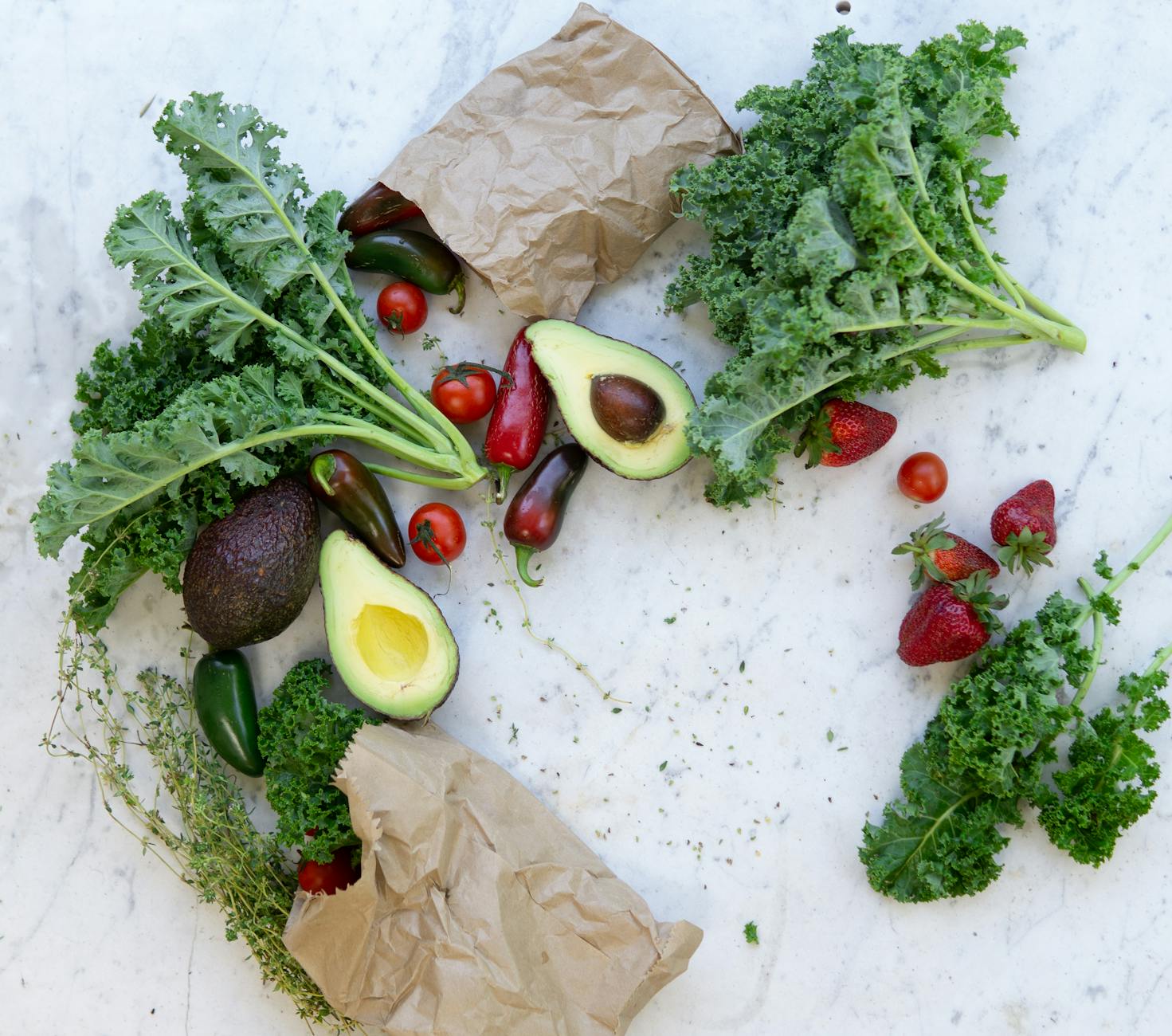
Photo by Elle Hughes
Avoiding the Keto Flu
The dreaded “keto flu” can hit when your body adapts to using fat for fuel. Symptoms like headaches, fatigue, and irritability often scare beginners, but they’re manageable with the right prep.
Here’s how to ease the transition:
- Hydrate Like a Pro: Dehydration can worsen keto flu symptoms. Aim for at least 8-10 cups of water daily.
- Maintain Electrolytes: Consume foods rich in sodium, potassium, and magnesium. Bone broth, avocado, and leafy greens are great options.
- Reduce Carbs Gradually: Don’t go from high-carb to ultra-low-carb overnight. Transitioning over a week or two helps your body adjust.
Want more tips? This Healthline guide offers detailed strategies to prevent keto flu from derailing your progress.
By following these essential steps, you’ll set the groundwork for a productive and enjoyable keto journey.
7-Day Keto Meal Plan Overview
A well-planned keto diet can make transitioning into and maintaining ketosis more manageable. This 7-day meal plan not only introduces keto-friendly dishes but also ensures that your meals are diverse and satisfying. Let’s break it down day by day to keep you on track with tasty, easy-to-follow meal ideas.
Day 1: Jumpstarting Ketosis
Starting keto means focusing on low-carb and high-fat foods to get your body into ketosis. Keep meals simple yet effective.
- Breakfast: Scramble eggs in butter and pair them with avocado slices. Add a sprinkle of salt for extra flavor.
- Lunch: A fresh salad with grilled chicken, olive oil, and avocado. Don’t forget the leafy greens!
- Dinner: Grilled salmon with a side of steamed broccoli drizzled in garlic butter.
- Snack: A handful of almonds or celery sticks with cream cheese to curb hunger in between.

Photo by Anthony Rahayel
Day 2: Transitioning into Full Keto
Now that you’re easing into ketosis, aim for moderate protein and high-fat combinations.
- Breakfast: Bulletproof coffee (coffee blended with butter and MCT oil) for a fat-fueled energy boost.
- Lunch: A creamy spinach and chicken casserole topped with cheese.
- Dinner: Pan-seared beef steak with a cauliflower mash that rivals traditional potatoes.
- Snack: Cheese cubes or pepperoni slices for a bit of indulgence.
For more meal inspiration, check out this 7-day keto meal guide.
Day 3: Maintaining Energy Levels
Around this time, you might experience some fatigue. Focus on meals that stabilize your energy while keeping you in ketosis.
- Breakfast: An omelet loaded with spinach, mushrooms, and shredded cheese.
- Lunch: A generous portion of tuna salad wrapped in lettuce leaves for crunch.
- Dinner: Baked mackerel with a side of roasted Brussels sprouts.
- Snack: A handful of macadamia nuts or a keto-friendly protein bar.
Check out these easy keto dinner recipes for dinner variations.
Days 4-6: Staying Consistent
As you settle into your keto routine, consistency is key. Experiment with creative recipes to keep things exciting.
- Breakfast: Chia seed pudding made with unsweetened almond milk, cocoa powder, and a touch of stevia.
- Lunch: Zucchini noodles tossed with pesto and grilled shrimp.
- Dinner: Slow-cooked pulled pork served over cauliflower rice.
- Snack: Dark chocolate (at least 85% cacao) or cucumber slices dipped in guacamole.
For even more ideas, browse delicious keto recipes.
Day 7: Reflect and Prepare for Long-Term Success
Wrapping up your first week is a perfect moment to reflect on your progress and gear up for sustainable keto living.
- Breakfast: Greek yogurt (unsweetened) with a small handful of chia seeds and nuts.
- Lunch: A Cobb salad with mixed greens, hard-boiled eggs, bacon, and blue cheese dressing.
- Dinner: Herb-crusted chicken thighs with a medley of roasted low-carb vegetables.
- Snack: Keto mug cake or full-fat plain yogurt if you crave something sweet.
This final day is about learning which meals worked best for you and how to create a routine that fits your lifestyle. Keep the momentum going to turn keto into a long-term habit.
By sticking to this plan and maintaining variety, you’ll not only achieve ketosis but also enjoy the process of eating delicious, health-focused meals.
Keto-Friendly Recipes to Try
Eating keto doesn’t mean you have to sacrifice flavor or variety. There are countless creative recipes that not only fit within your keto macros but also make you excited to sit down at the table. Here’s a closer look at three standout options that are tasty, nutrient-rich, and easy to prepare.
Keto Egg Muffins: A quick, portable breakfast option high in fats and protein.

Photo by Diana ✨
Mornings can be hectic. That’s where keto egg muffins step in as the perfect grab-and-go breakfast. These tasty little bites are packed with protein and healthy fats, making them an excellent choice to keep you satisfied and energized. Think of them as mini omelets, customized to your taste.
Here’s what makes them fantastic:
- Customizable Flavors: Mix-ins like diced bacon, spinach, bell peppers, and shredded cheese allow you to cater to your preferences.
- Meal Prep Friendly: Whip up a batch, store them in the fridge or freezer, and reheat them in the morning for a no-stress breakfast.
- Low-Carb and Satiating: With no flour or added starches, they keep your carbs in check while providing long-lasting energy.
Want to try making these yourself? Check out this Keto Egg Muffins recipe for step-by-step instructions.
Zucchini Noodles with Pesto: A healthy, low-carb dinner option rich in flavor and nutrients.
Traditional pasta doesn’t get along with keto macros, but that’s no reason to miss out on comforting, saucy meals. Zucchini noodles, also known as zoodles, are here to save the day. Light yet satisfying, these noodles are the perfect canvas for a rich and creamy pesto sauce.
What makes this dish exceptional?
- Nutrient-Packed: Zucchini is a great source of vitamins A and C, while the pesto brings a boost of healthy fats from olive oil and nuts.
- Quick to Prepare: You can spiralize your zucchini and toss the noodles with pesto in under 15 minutes.
- Versatile Meal: Top with grilled chicken, shrimp, or even a sprinkle of Parmesan for extra protein and flavor.
This easy recipe can be a weeknight lifesaver! Discover a delicious version of Zucchini Noodles with Pesto.
Avocado Chocolate Mousse: An indulgent, sugar-free dessert perfect for keto.
Dessert on keto? Absolutely. Avocado chocolate mousse is rich, decadent, and deceptively simple to make. The avocado provides creaminess without the need for heavy dairy or sugar, while the cocoa delivers deep, chocolatey goodness.
Here’s why it hits the sweet spot:
- Healthy Fats Abound: The avocados give you monounsaturated fats, which are great for sustaining energy and satisfying hunger.
- Guilt-Free Sweetness: Use sweeteners like monk fruit or erythritol to keep it keto-compliant without sacrificing flavor.
- Velvety Texture: This dessert is as smooth and indulgent as traditional chocolate mousse but without the sugar crash.
Looking for the ultimate recipe? Try this Avocado Chocolate Mousse for your next sweet tooth emergency.
Each of these recipes proves that eating keto doesn’t mean losing out on satisfying and flavorful meals. Whether it’s a quick breakfast, a hearty dinner, or a sweet treat, there’s something for everyone in keto-friendly cooking.
Common Challenges and How to Overcome Them
Starting a keto diet isn’t as simple as flipping a switch—it’s about transforming how your body fuels itself and managing the changes that come with it. Along the way, you might hit a few roadblocks, but the good news is that there are practical solutions to overcome these challenges. Let’s dive into the three most common issues and ways you can stay on track for a successful keto journey.
Dealing with Cravings
Cravings, especially for carbs, are a common hurdle for beginners. But with a few strategies, you can keep them under control while staying in ketosis.
- Stay Hydrated: Sometimes, cravings may simply be dehydration in disguise. Drink water or herbal tea when hunger strikes unexpectedly.
- Stock Up on Keto Snacks: Keep keto-friendly snacks like cheese sticks, nuts, or boiled eggs on hand. They’re great for satisfying hunger without sabotaging your progress.
- Get Enough Fat: Consuming healthy fats like avocados, olive oil, and butter helps curb cravings by keeping you full.
- Plan Your Meals: Create a meal plan that includes satisfying, flavorful options so you’re less tempted to stray.
Understanding the root of cravings can also help. Check this guide to controlling carb cravings on keto for additional insights.
Managing Social Events
Navigating social gatherings can be tricky, especially when carb-heavy foods are often the centerpiece. But with a little preparation, you can confidently enjoy these events while sticking to your diet.
- Eat Before You Go: A keto-friendly meal beforehand can keep you full and less tempted by off-limits foods.
- Bring Your Own Dish: If it’s a potluck or casual event, offer to share something like a meat and cheese platter or keto dessert. This ensures you’ll have at least one safe option.
- Be Honest About Your Goals: Don’t feel pressured to explain your dietary choices at length. A simple “I’m focusing on low-carb meals right now” is enough.
- Focus on Conversation: Shift your attention toward social interactions rather than food. Great conversations can easily distract from cravings.
For more tips, check out this detailed resource on keto and social situations.
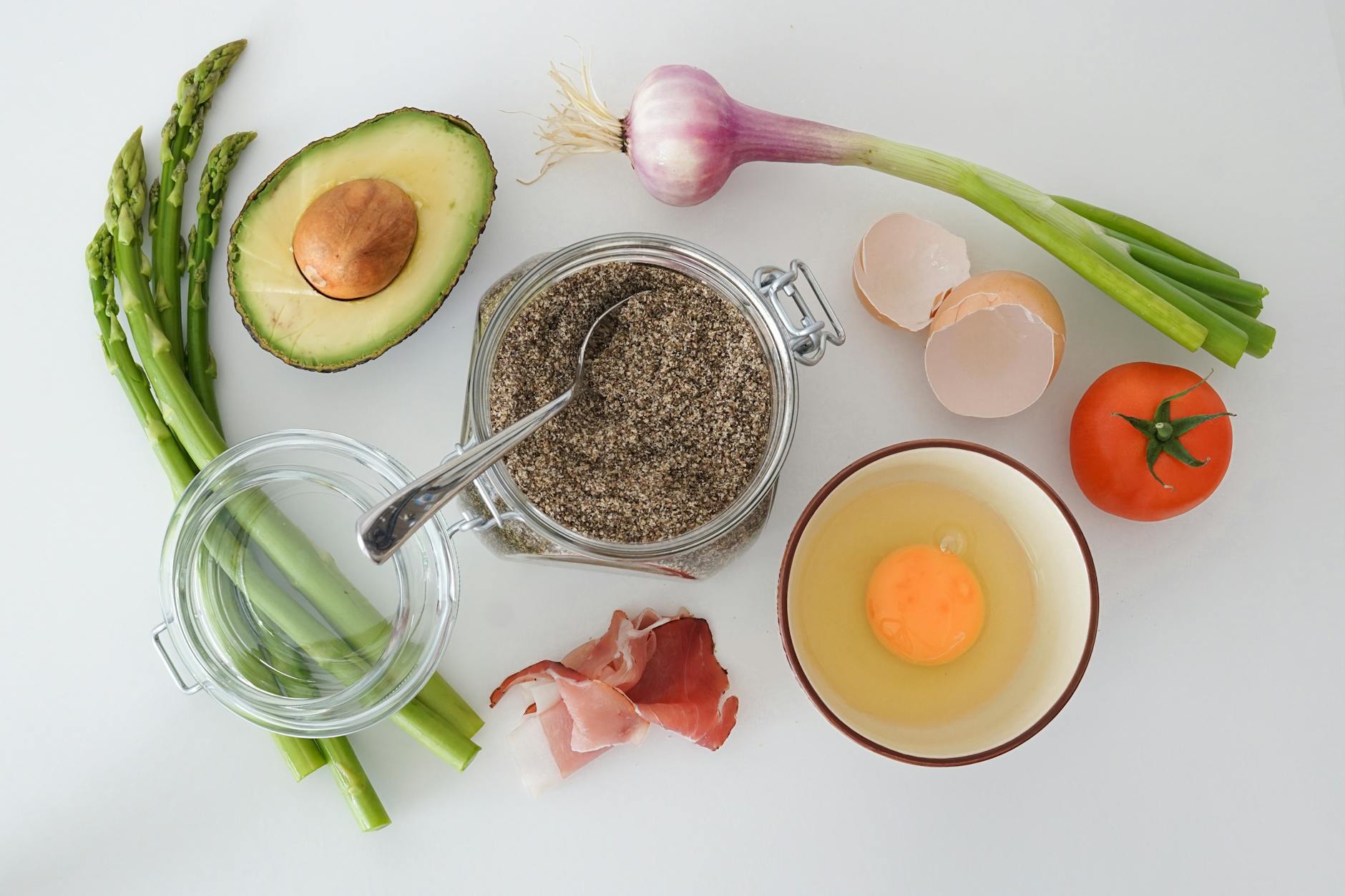
Photo by Mali Maeder
Keeping Motivation High
Maintaining enthusiasm after the first few days or weeks of keto can be tough, but a few mindset shifts and strategies can help you stay focused on your goals.
- Track Your Progress: Use apps or journals to log your meals, weight changes, or how you feel. Noticing improvements will keep you motivated.
- Set Realistic Goals: Small, achievable milestones are more encouraging than aiming for one big end goal.
- Find Community: Join keto groups online or check out forums like Reddit for shared experiences and support. Talking to others on the same path can re-ignite your determination.
- Celebrate Small Wins: Whether it’s fitting into a smaller size or hitting a weight goal, acknowledge and reward your progress. Rewards could be a new keto-friendly cookbook or a fun activity you love.
If your motivation ever wavers, this guide on keto motivation tips is packed with helpful ideas.
Challenges are a natural part of any lifestyle change, but with the right tools and mindset, they’re entirely manageable. Use these practical tips to turn potential obstacles into stepping stones toward keto success.
Tips for Transitioning Off Keto
Transitioning off the keto diet can feel like uncharted territory after dedicating time to such a specific eating plan. However, it doesn’t have to mean losing the progress you’ve made or risking unwanted weight gain. By making mindful changes and maintaining healthy habits, you can leave keto behind while still supporting your goals.
Gradual Carb Reintroduction
Switching back to a higher-carb diet requires patience and a strategic approach, so your body adjusts smoothly. The key is to increase carbohydrate intake slowly, avoiding sudden shocks to your system that can lead to rapid weight gain or discomfort.
Here’s a step-by-step process to guide you:
- Start Small and Track Your Body’s Reaction
Begin by incorporating nutrient-rich carbs like quinoa, sweet potatoes, or berries. For example, you could add 10-15 grams of carbs daily for a week and monitor how your body responds. - Prioritize Whole Foods Over Processed Options
Think of high-fiber vegetables, legumes, and whole grains. These not only prevent blood sugar spikes but also improve digestion and provide sustained energy. - Don’t Completely Drop Fats
Fats like avocado, olive oil, and nuts can remain a staple in your meals, even when you start adding carbs. They help maintain balanced energy levels and keep you feeling full between meals. - Use Portion Control as Your Guide
Portion awareness becomes more critical. Gradually increasing carbs while moderating both portions of fats and proteins will help you ease out of ketosis without overwhelming your system.
For more detailed strategies, check out this guide on transitioning off keto for actionable advice.
Maintaining Long-Term Results
One of the biggest fears when leaving keto is undoing the hard-earned results. The good news? You can maintain your progress by blending elements of keto living into a balanced eating style.
These strategies can help:
- Incorporate Regular Physical Activity
Whether it’s strength training, yoga, or a daily walk, staying active boosts your metabolism and prevents weight regain. Aim for at least 30 minutes of physical activity most days of the week. - Stick with Low-Glycemic Foods
Foods like non-starchy vegetables, lean proteins, and healthy fats should stay at the core of your diet. Adding carbs doesn’t mean turning to sugary snacks or processed grains. - Adopt a Sustainable Eating Approach
Consider transitioning to a Mediterranean-style diet that emphasizes plant-based foods, lean protein, and healthy fats. This approach mirrors many aspects of keto but includes more variety for long-term adherence. Learn more from this resource about maintaining weight after keto. - Monitor Your Carb Tolerance
Every person has a unique tolerance for carbohydrates before weight gain or fatigue sets in. Experiment and find your “sweet spot” for carbs that keep you energized while supporting your goals.
By focusing on building a balanced relationship with food and staying mindful of your body’s needs, you can smoothly move on from keto while preserving your results.
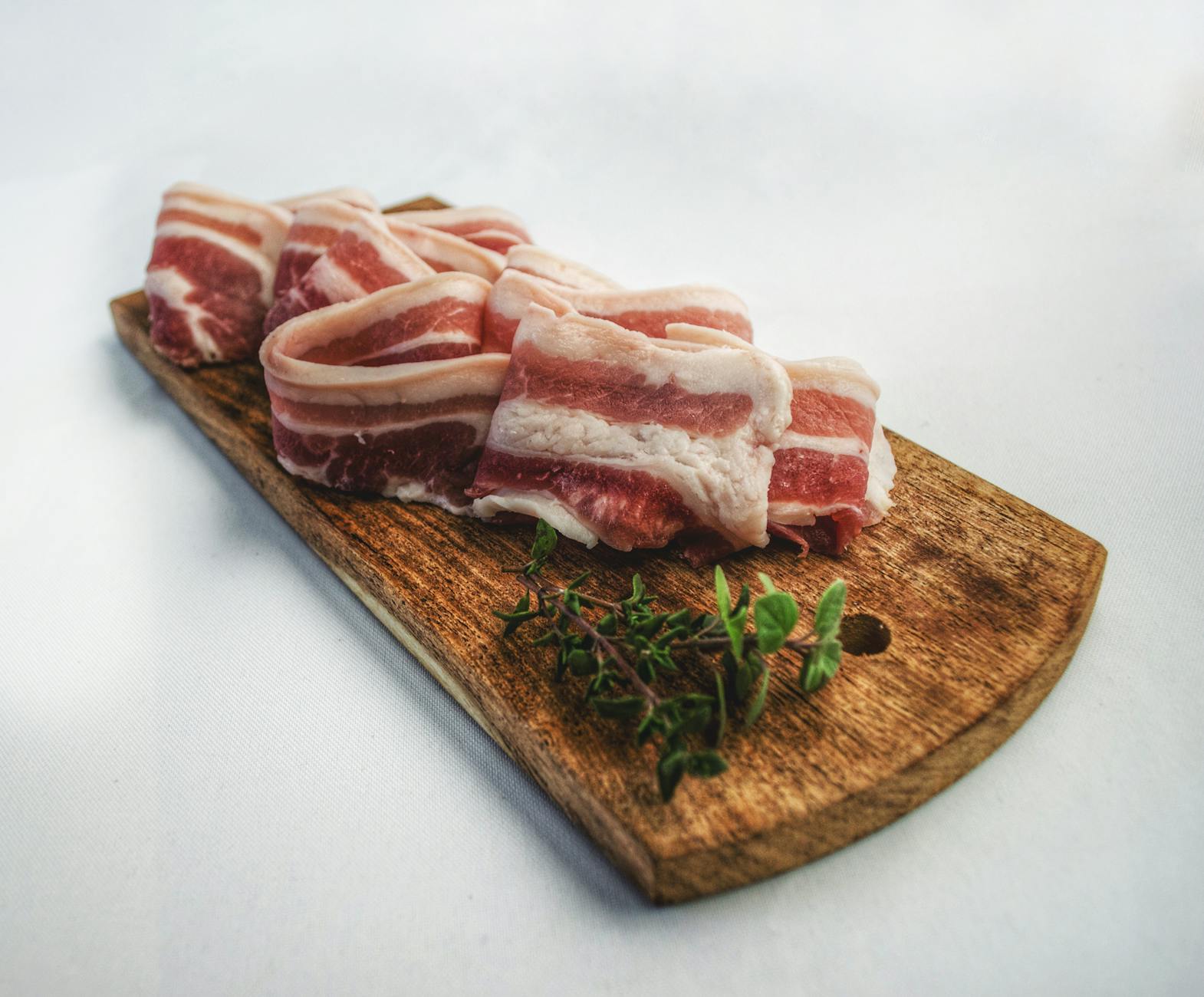
Photo by Nicolas Postiglioni
Conclusion
The 7-day keto diet plan is your roadmap to starting a healthier, low-carb lifestyle without feeling overwhelmed. By focusing on simple, nutrient-dense meals and steady progress, you can transition into ketosis and begin reaping the benefits, from weight loss to improved energy and focus.
Commit to the plan, stay consistent, and embrace the process. Results come from the small, daily steps you take. Ready to kickstart your keto journey? Begin today and set the foundation for a sustainable, healthier you.

